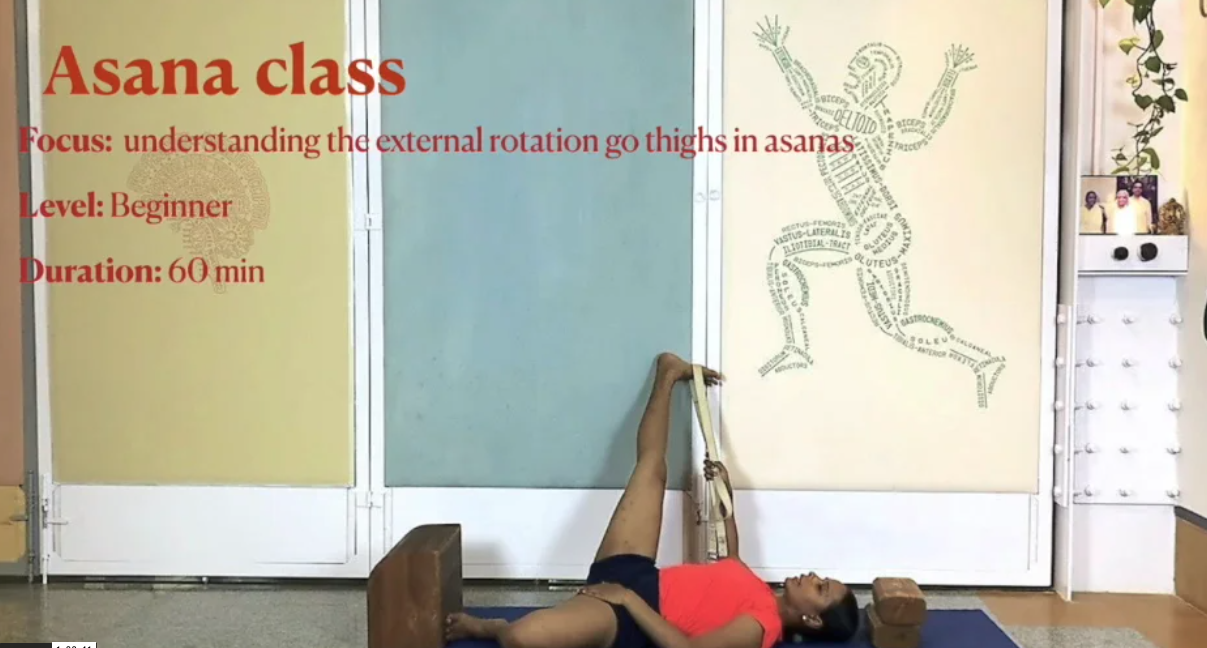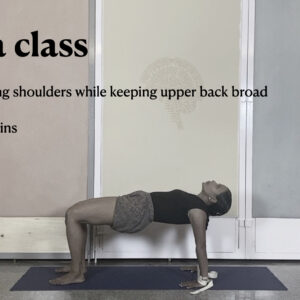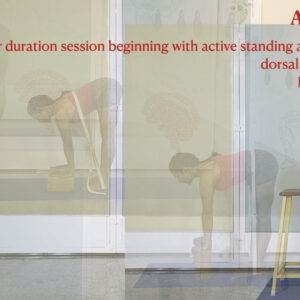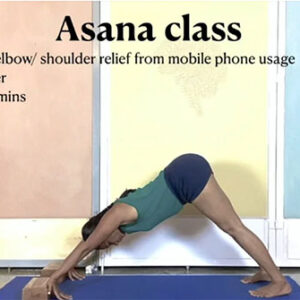Description
Baddhakonasana and supta baddhakonasana are hold a special place in asana vocabulory. The baddhakonasa legs are “externally rotated”. This means, they involve an external rotation of the femur (thigh) at the hip joint. In fact we start learning this action from the very beginning in standing asanas, and it carries through to supine positions like supta padangusthasana2 and supta baddhakonasana. External and internal rotation of the thigh bone is crucial for maintaining hip mobility. In addition both baddhakonasana and supta baddhakonasana have great therapeutic potential since they create ‘space’ in the lower abdominal pelvic area. think of all the organs that exist there, and the functions that they control (digestive, reproductive, urinary, hormonal centres) and the roles of these two asanas becomes obvious. in the Iyengar tradition both these positions are used in a variety of ways, with and there are many kinds of supported versions as well.
This is a beginner-level introduction to these two positions that starts with standing asanas.





